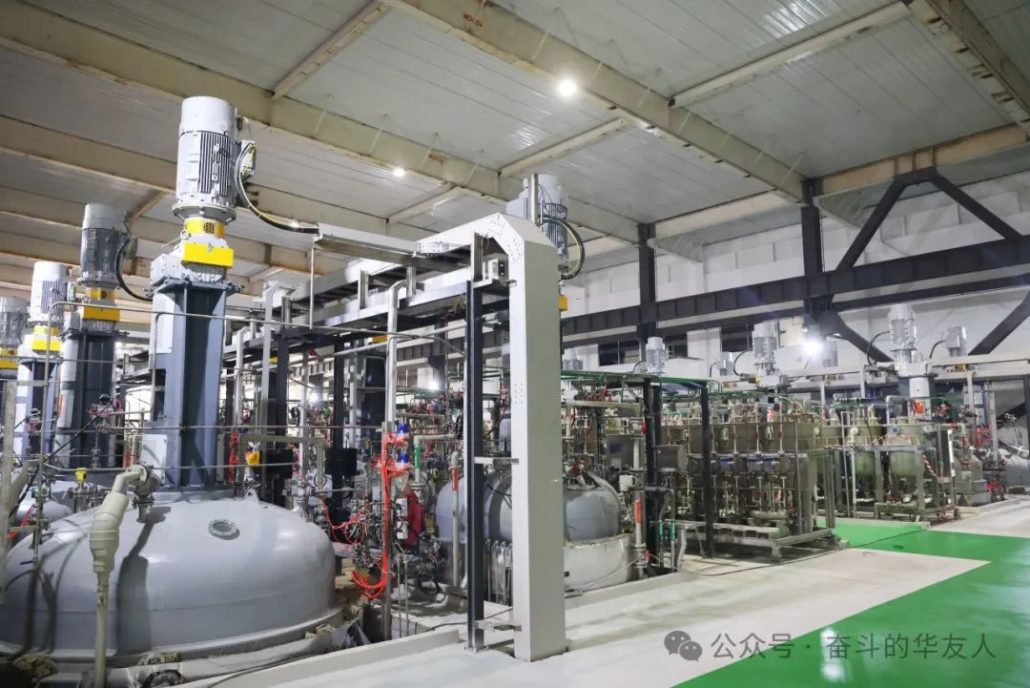
Strategic Significance of the Indonesian Plant
- Location and Capacity: The plant, named Huaneng, is designed to produce 50,000 tons per year of high-nickel ternary precursors, a key component for manufacturing lithium-ion batteries. This facility aims to serve the growing global demand for EV battery materials, particularly in markets like Europe and the United States, which are experiencing rapid adoption of electric vehicles (EVs).
- Phased Development: Construction of the plant began in April 2024, with the first phase already operational. The full capacity and additional phases are expected to roll out gradually, though specific timelines for further expansion have yet to be disclosed.
Global Expansion in Response to Regulatory Changes
Huayou’s expansion into Indonesia is part of a broader trend where Chinese battery companies seek to diversify internationally. This move is driven by global regulatory changes, such as the EU’s Critical Raw Materials Act and the US Inflation Reduction Act, which limit incentives for electric vehicles (EVs) containing components from companies linked to Foreign Entity of Concern (FEOC). To maintain access to lucrative EV markets and reduce geopolitical risks, Chinese companies are setting up production bases outside China.
Geopolitical factors also play a significant role. The US, Europe, and other regions increasingly require battery supply chains to be free of Chinese influence to qualify for incentives. As a result, Chinese companies like Huayou are establishing plants in countries such as Indonesia, South Korea, and Morocco.
Indonesia’s Role in the EV Supply Chain
As China’s battery producers expand in Southeast Asia, Indonesia’s strategic position allows them to source materials locally. This reduces transportation costs and ensures a stable supply of critical raw materials needed for battery manufacturing.


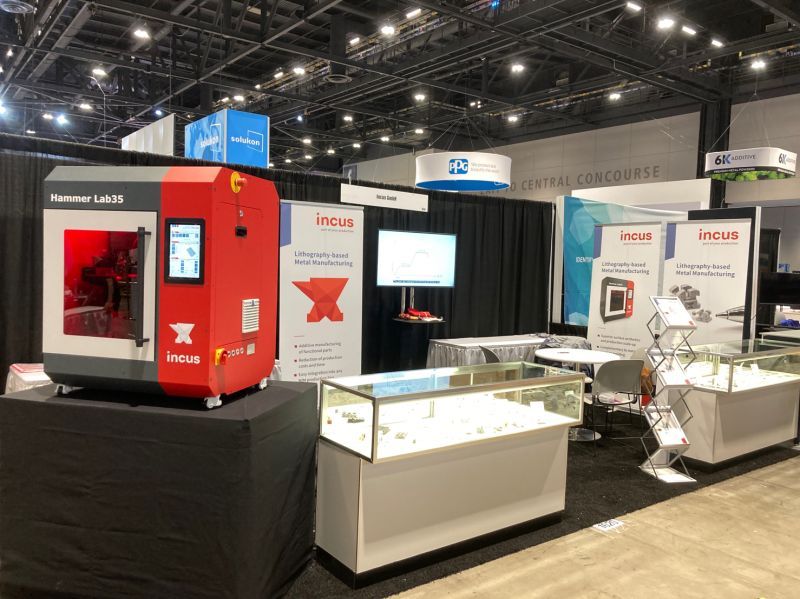




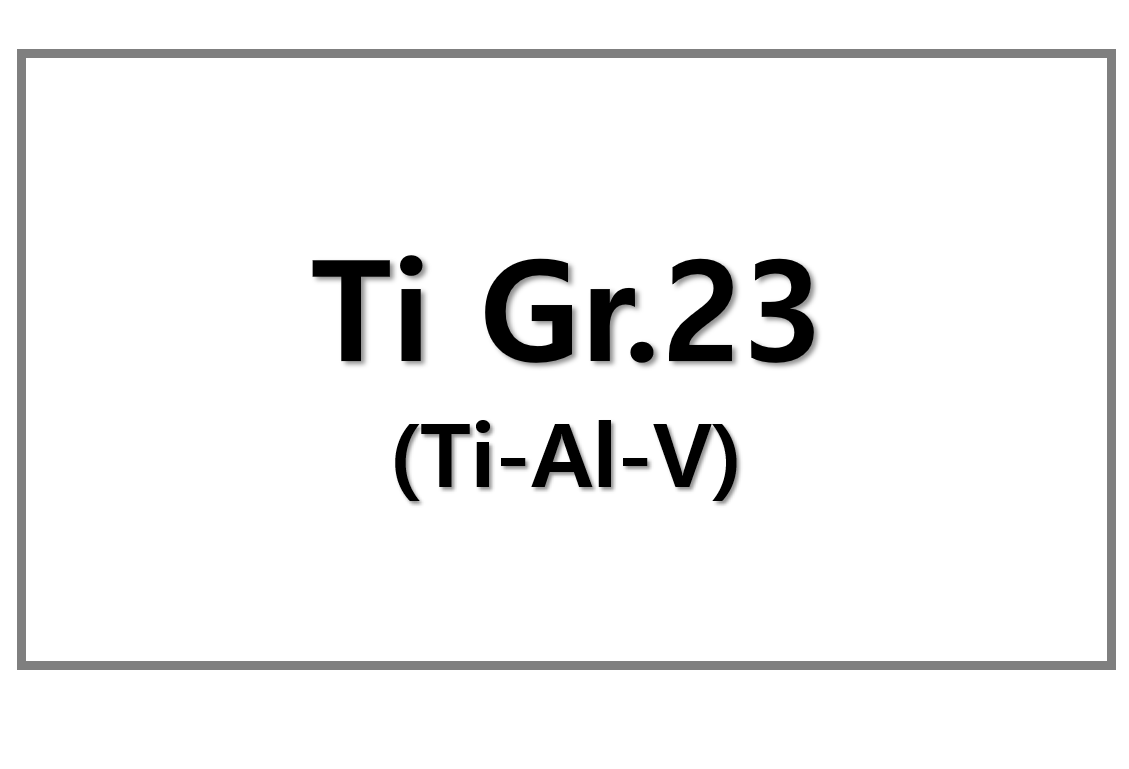
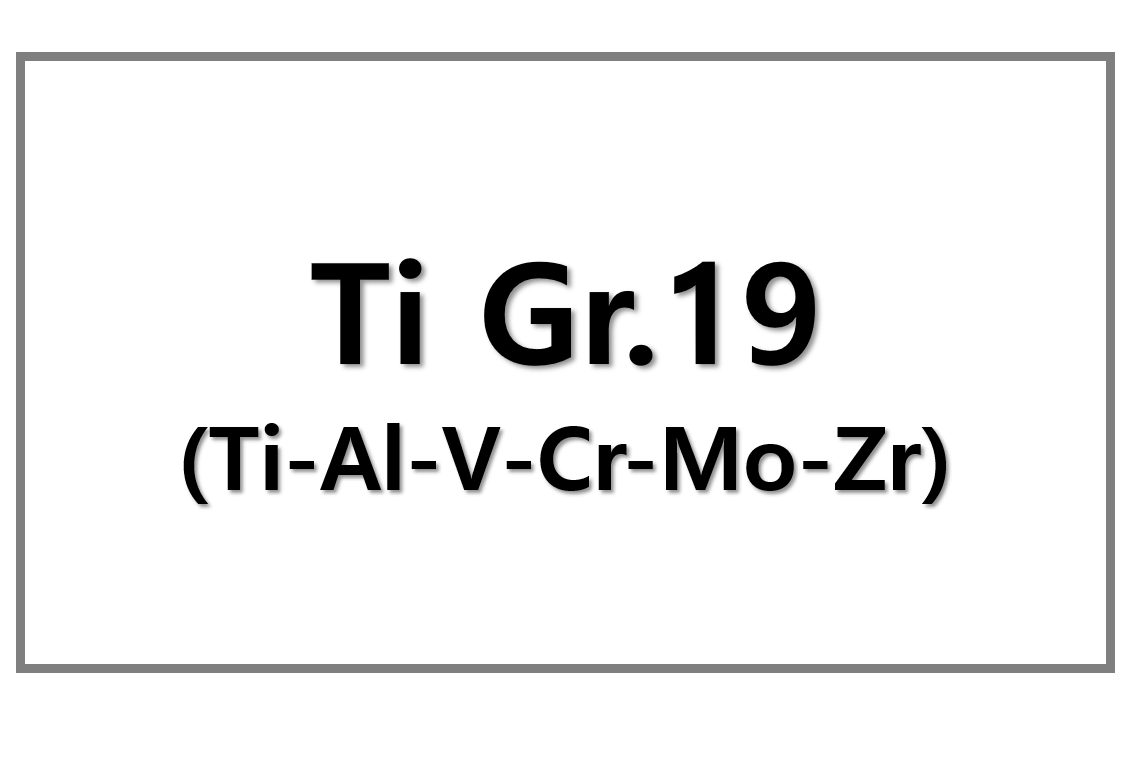
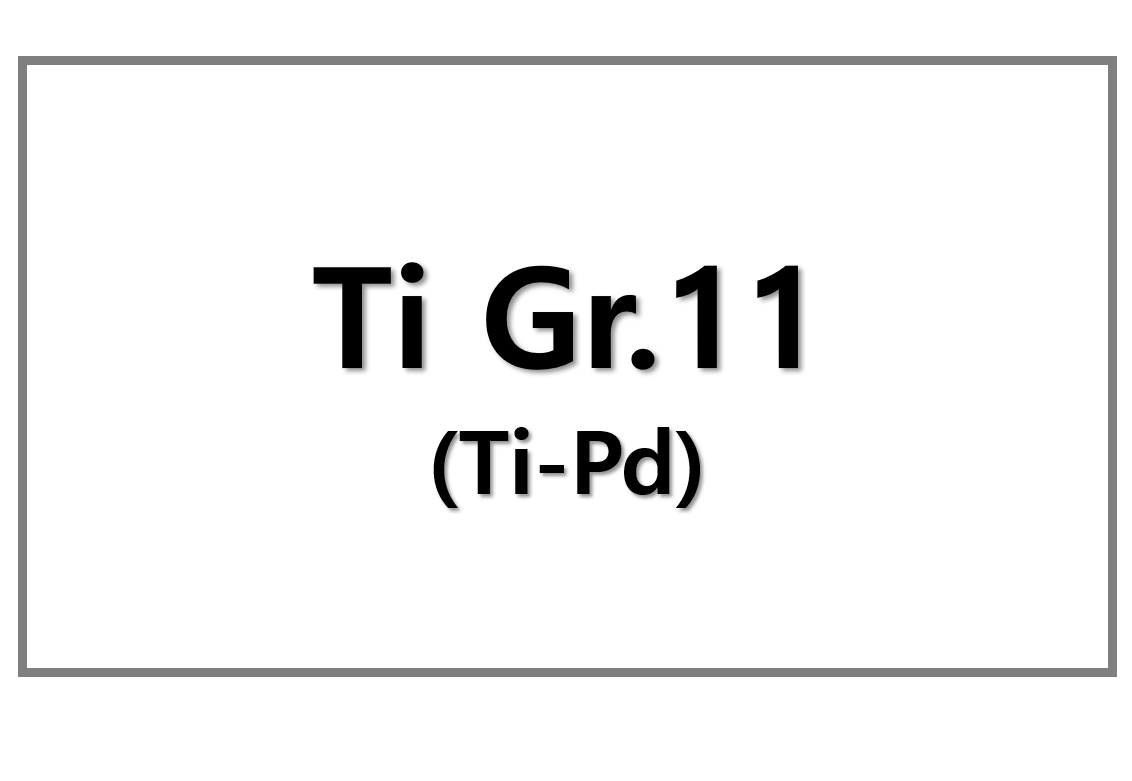
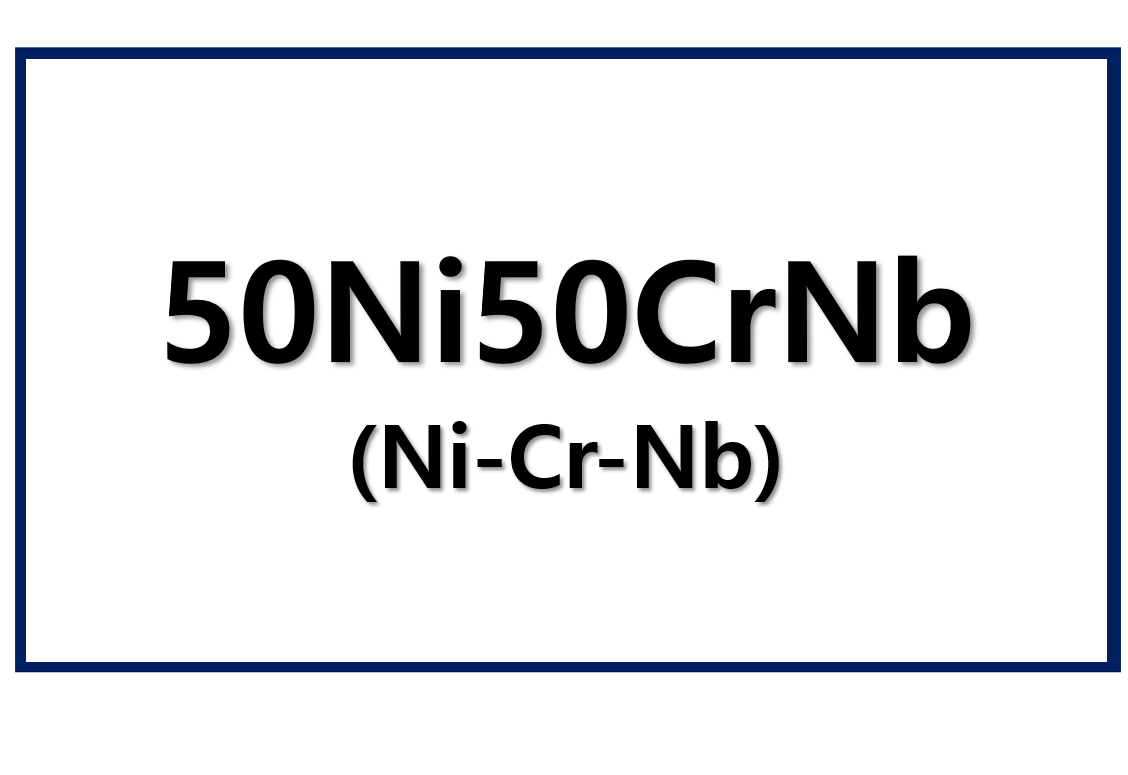
Leave a Reply
You must be logged in to post a comment.